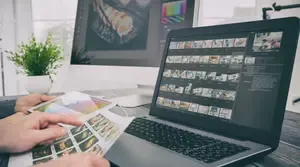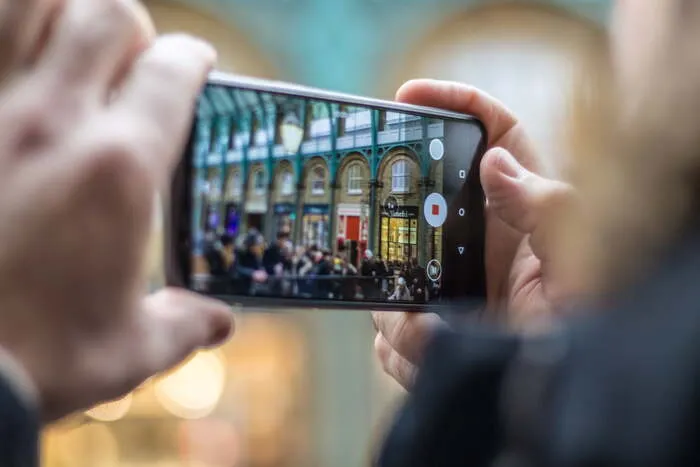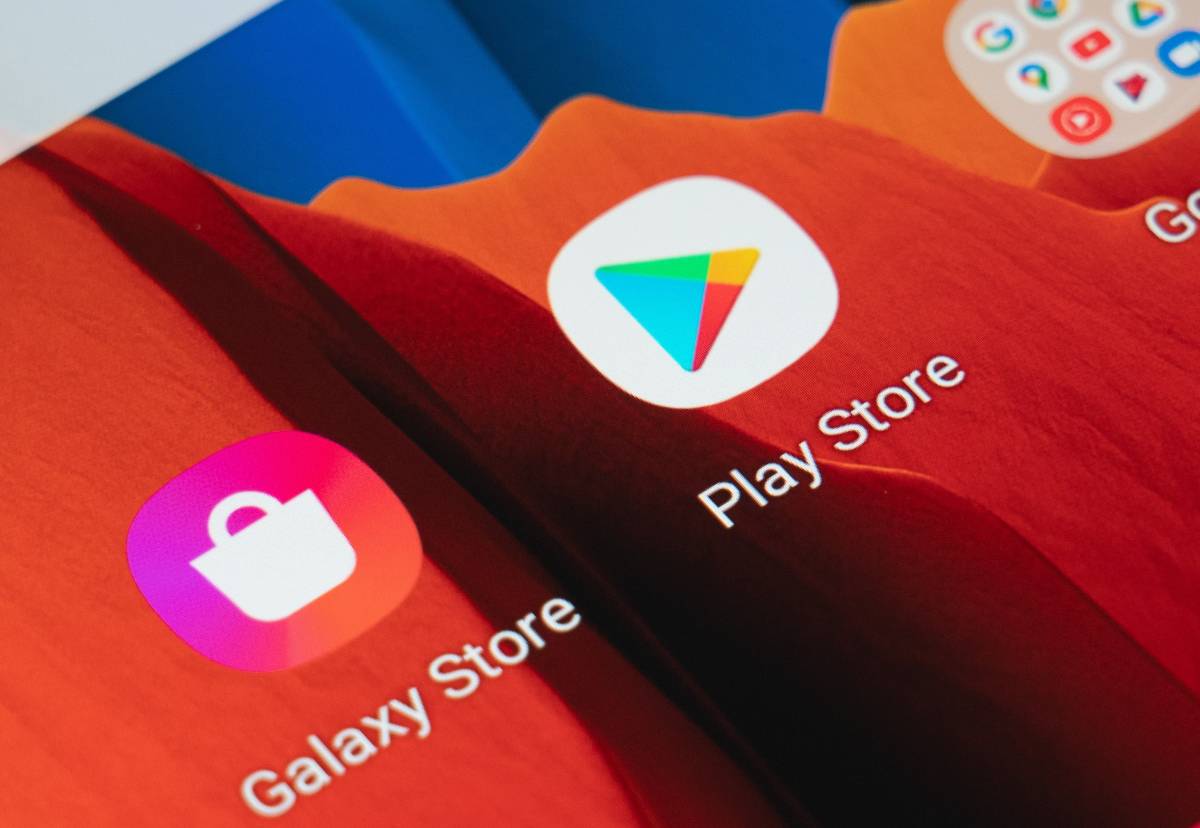The digital age has not only democratized the act of capturing moments, but also radically transformed the way we share and perceive them. In the past, photography was a practice reserved for enthusiasts equipped with specialized cameras, expensive equipment and technical knowledge. However, with the advent of smartphones, equipped with increasingly advanced cameras, photography has become a form of expression accessible to everyone.
Adverts
This expanded accessibility has brought with it a diversity of perspectives and visual narratives. Smartphones have become instant vehicles for creativity, allowing anyone, anywhere to document their unique view of the world. In this way, photography stopped being an exclusive art and became a universal language, capable of transcending cultural and geographical barriers.
The Power of Digital Photography
The democratization of photography, driven by smartphones, has not only expanded the scope of photographic practice but also redefined the very nature of visual art. Previously, photography was often reserved for individuals with specific technical knowledge and specialized equipment. However, the digital age has broken down these barriers, empowering anyone with a smartphone to explore and experiment with visual language.
The explosion of photos captured daily is testimony to the new protagonism of images in contemporary society. In this scenario, photography and editing apps play a crucial role, not just as technical adjustment tools, but as catalysts for personal expression. These tools provide fertile ground for artistic experimentation, allowing users to transform their photographs into unique and captivating visual media.
The convergence between technology and creativity is evident in applications that go beyond simple touch-ups. Apps like Lens Distortions and Prizma explore innovative visual effects, adding layers of depth and originality to images. These possibilities not only improve photos technically, but also encourage the discovery of personal styles and approaches.
The Photography App Revolution
The growing popularity of photography apps is not just limited to the traditional names in the sector. While Lightroom and Snapseed offer robust features for precise adjustments and captivating filters, other apps have emerged, defying expectations and expanding creative possibilities.
Darkroom, for example, stands out for its intuitive approach and elegant interface. Offering a wide range of editing tools, from basic adjustments to advanced corrections, Darkroom has gained a user base that values simplicity combined with exceptional performance.
For those looking for a more experimental experience, Lens Distortions offers a variety of overlays and lighting effects that add a unique dimension to photographs. This diversity of options demonstrates how innovation in the world of photography apps goes beyond conventional settings, allowing users to explore previously unexplored visual territories.
Furthermore, Pronto stands out as a practical alternative for rapid improvement. With a streamlined approach, Pronto offers a selection of preset filters and adjustments, ideal for those who want instant results without compromising quality.
When approaching photo editing, it's essential to mention Affinity Photo, an app that challenges the assumption that deep editing is the preserve of desktop software. Affinity Photo offers a complete editing experience, including advanced layers, masks, and brushes, all from the comfort of your mobile device.
These alternatives, along with many others, reflect the dynamic evolution in the photography app landscape. While Photoshop remains a benchmark, the plethora of choices available highlights how innovation and accessibility are shaping the way we interact with our images.
The Importance of Editing in the Age of Social Media
In addition to providing visual enhancement, photo editing apps play a key role in building personal brands on social media. The ability to create a cohesive and attractive visual identity is especially relevant in a digital landscape where attention is a valuable resource.
Aesthetic consistency not only makes a user's feed more visually pleasing, it also contributes to memorability. By maintaining a consistent color palette, applying distinct editing styles, and adopting specific visual themes, users can create a personal brand that is instantly recognizable to followers.
On Instagram, for example, where the visual experience is predominant, having a unique visual identity can be the difference between standing out in the digital crowd and going unnoticed. Editing apps, by offering a wide variety of creative tools, empower users to transform their photos into unique pieces that reflect their personality and style.
Additionally, the cohesive visual narrative constructed through photo editing extends beyond social media platforms. Users who master the art of editing often find opportunities for collaboration, sponsorships, and even professional recognition. Therefore, the influence of editing applications transcends simple visual improvement, effectively shaping the digital presence and the opportunities that present themselves in the vast online world.
From Amateurism to Professionalization: The Evolution of Mobile Photography
The search for visual quality knows no boundaries when it comes to photography, and professionals in the field are using specialized applications to achieve high-quality results. Afterlight and ProCam are notable examples of this revolution, offering advanced functionality that meets the demands of the most experienced photographers.
Afterlight, for example, goes beyond basic editing features, giving professionals full control over color curves, tones, and even specific light adjustments. This range of advanced tools allows photographers to manually adjust every aspect of their photos, resulting in images that meet the highest professional standards.

Likewise, ProCam stands out by offering manual controls that rival the settings found on DSLR cameras. Professionals have the freedom to adjust exposure, white balance and other fundamental parameters to ensure the accuracy and authenticity of their captures, without compromising the mobility provided by mobile devices.
This convergence between mobile technology and professional expertise redefines the photography landscape. The versatility of editing applications not only meets the demands of casual enthusiasts, but also becomes an indispensable tool for demanding professionals, allowing them to achieve high-quality results anywhere, anytime.
Conclusion
In conclusion, photography and image editing are more interconnected than ever, thanks to technological advances. The apps offer a diverse range of tools, from precise technical adjustments to innovative artistic transformations. By exploring these options beyond traditional Photoshop, photography enthusiasts can discover new dimensions of visual expression, elevating their images to new heights of creativity.
Furthermore, the collaboration between photography and technology is not just limited to photo editing, but also extends to how images are shared and enjoyed. Social media has provided a global platform for amateur and professional photographers to showcase their work, creating a vast and diverse community.


